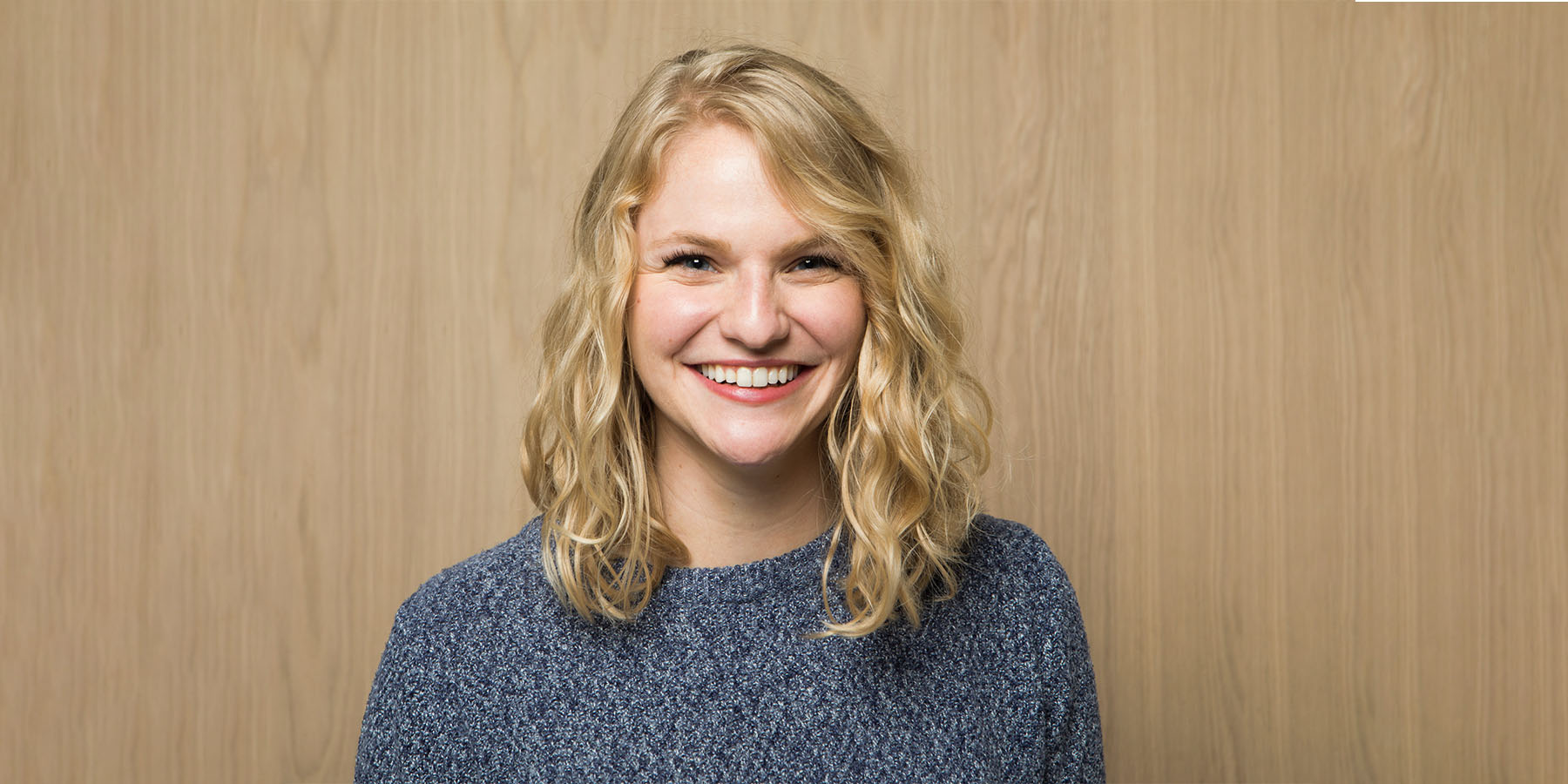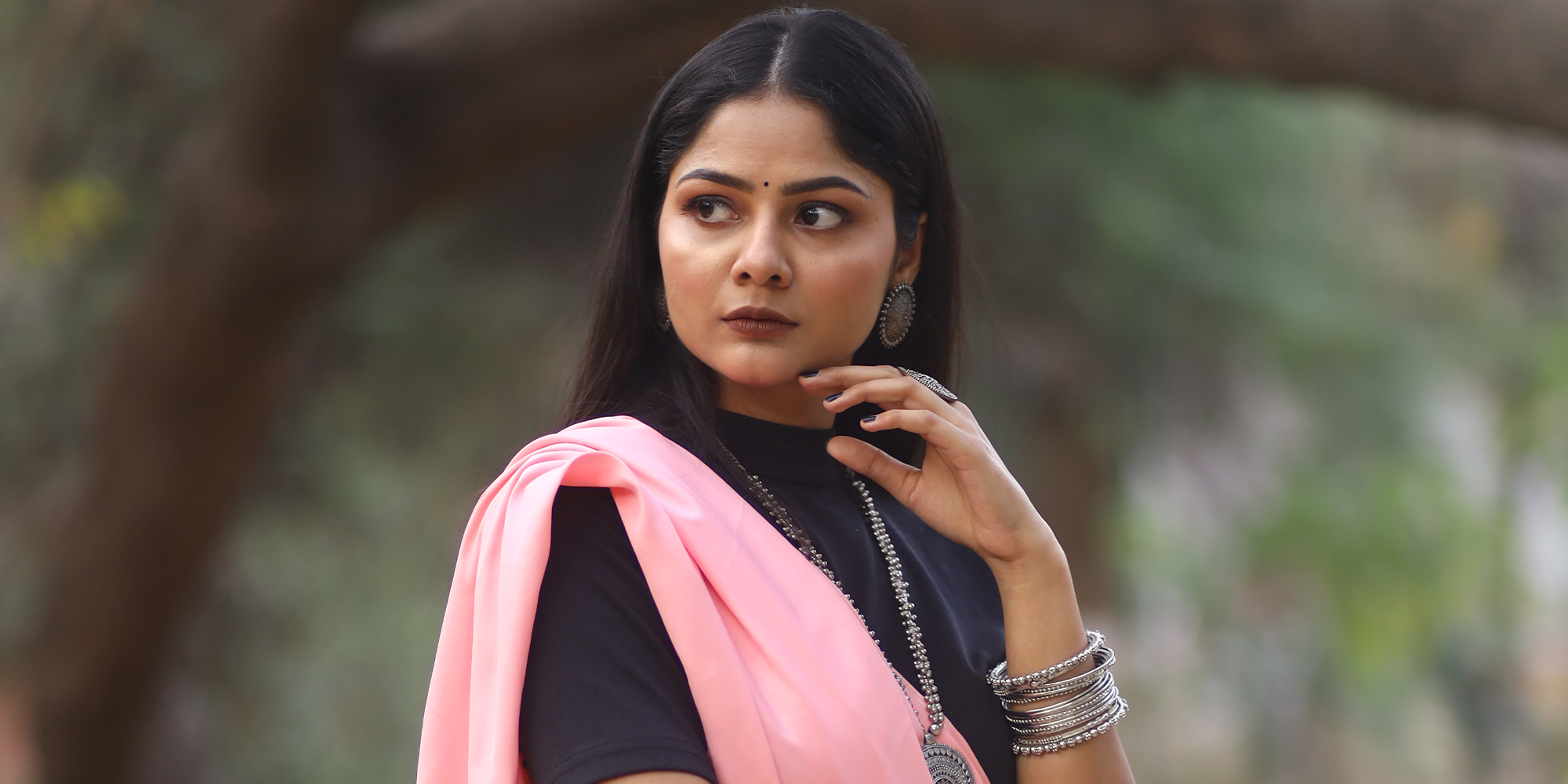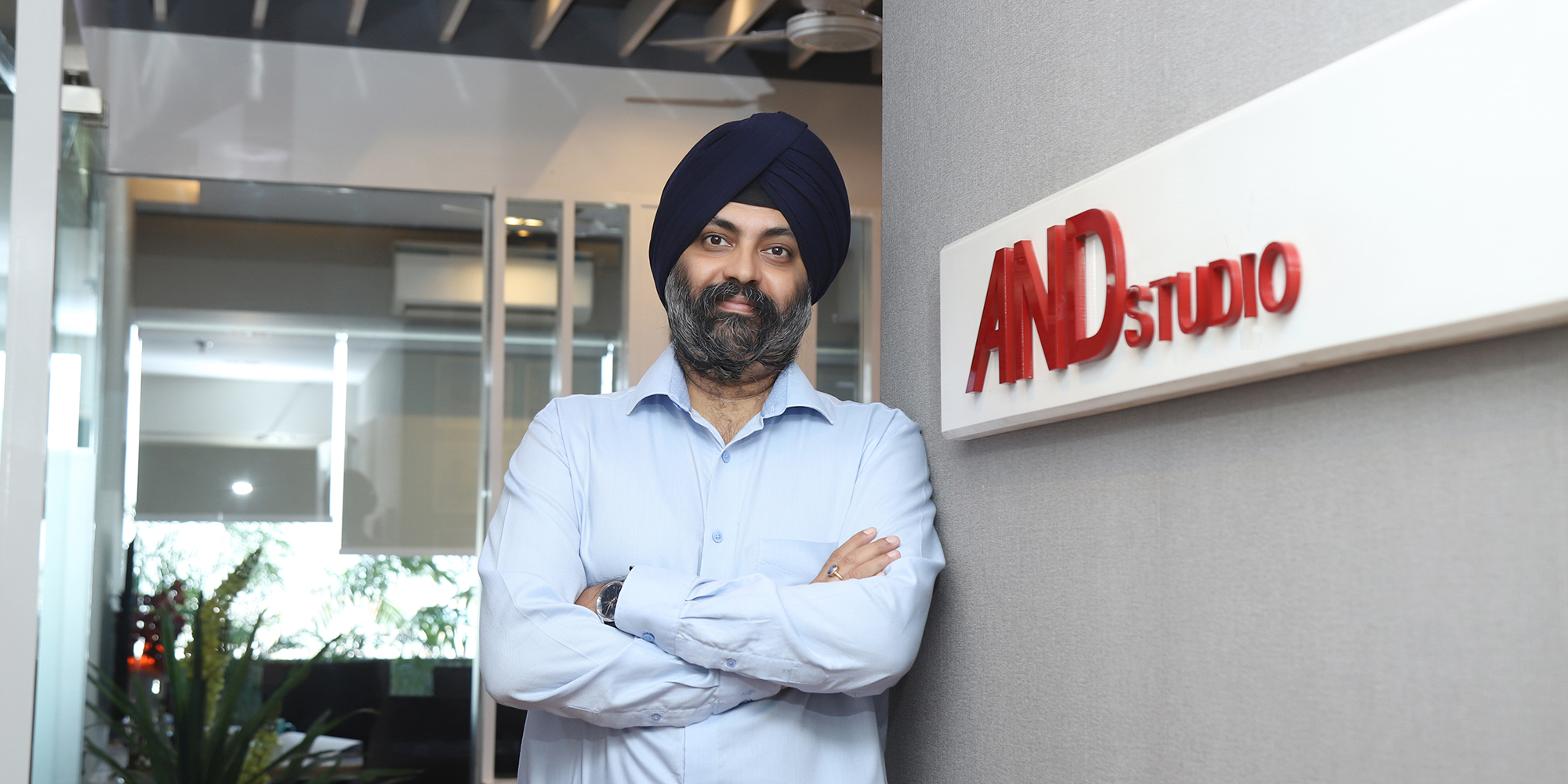At Fublis, our Media Matters series offers a platform for in-depth conversations with the storytellers shaping how we perceive the world—from journalists and editors to writers and media professionals. Each edition highlights voices that influence public understanding of culture, cities, and the built environment.
In this interview, we speak with Kate Mazade, a journalist whose work focuses on the intersection of architecture, community, and public engagement. With a background that spans writing, design, art, and travel, Kate brings a multidisciplinary lens to her storytelling—one that emphasizes context, equity, and cultural identity.
Her thoughtful approach to reporting explores how development projects shape communities, the evolving role of digital media in architectural journalism, and how art can foster inclusion in urban spaces. Through her work, Kate helps bridge the gap between professionals and the public, translating complex ideas into accessible narratives that inform and inspire.
Join us as we explore her insights on the future of design journalism, the power of creativity across disciplines, and the importance of amplifying diverse voices in the conversation around our shared spaces.
What role do you think journalism plays in influencing public opinion about urban development?
Kate Mazade: I think balanced journalism and independent media play a large role in influencing public opinion about urban development. Like with any other content, people’s views can be shaded by the media they consume, so it is a responsibility of the reporter to show the audience all sides of a development project — the historical context and influences, the positive or negative impacts a project has on the physical environment and social environment, how funding structures and project team members shape the development, and how community members feel about the change to their spaces. Telling a story of urban development in a well-rounded, well-researched way can both influence public opinion and reflect it.
How do you see the role of digital media evolving in telling stories about cities and their built environments?
Kate Mazade: As media shifts from newspaper verticals to magazine articles to web features and social media, journalist have an opportunity to share more on-the-ground reporting with their audience members. Now rather than eloquently describing a project, we can pull out a phone and film a walkthrough of a new space and give audience a behind-the-scenes look at the urban environment in minutes.
What trends do you see emerging in architectural journalism, especially in relation to community engagement?
Kate Mazade: I think design media coverage is trending toward projects that are doing good for individuals and people groups, the environment, and industry as a whole. Publications want to highlight what’s changing, where designers and designs are improving, and where we still have room to grow. Those are also the things that community members want to see — people are looking for projects that improve their lives day-to-day and help them feel at home in their environment.
How do you collaborate with architects or designers to integrate art into public spaces?
Kate Mazade: In my current role as a journalist, I work as a translator between the designers and the public, helping to convey messages and meaning to the community about new projects. I also help inform the public about how they can get involved with upcoming designs or developments through community meetings, feedback processes, and opportunities to connect with project stakeholders.
How do you think art can help bridge cultural and social divides in urban spaces?
Kate Mazade: I think art has the opportunity to share history and heritage of different groups of people with the public in an approachable way that both educates and activates others. Whether its a bus shelter installation that outlines the history of the civil rights movement in transit systems, or a mural with Braille integration at a nonprofit for people with visual impairments — both of which are on display in Fort Worth — art can teach and engage, while also providing beauty in the built environment.
What advice would you give to other writers, artists and travelers about exploring the connection between architecture and community?
Kate Mazade: “Find the good and praise it,” is something that journalist Sydney Franklin taught me when I was first learning to report on architecture. See what a project is doing for a community, but also don’t be afraid to ask the hard questions about the challenges a development has created.
What emerging trends or ideas in architecture do you find most exciting for fostering community engagement and cultural identity?
Kate Mazade: I believe the rise of representation amongst designers is the first step in creating designs that reflect those who use them and that will resonate with community members. I am already starting to see more diversity within the design industry — particularly with Indigenous creators — and am excited to see it continue.
How do your experiences as a writer, designer, artist, and traveler influence your understanding of the relationship between architecture and community?
Kate Mazade: My experience writing and designing has helped hone my observation skills — both of the built environment and when talking with community members — and helped me draw parallels between physical and social influences. I’ve come to understand that everything is interconnected and all design choices have both a social influence and impact.
How do you see the role of creativity across writing, design, and art?
Kate Mazade: I think anything can be creative — whether you’re writing a news report or dissertation or designing a museum or municipal building. Creativity is about conveying a message and communicating a feeling through media.
What trends do you see in the intersection of art, architecture, and community?
Kate Mazade: There is a rise in activism and speaking out, as well as an emphasis on collaboration across creators and users — it kind of feels like a grassroots revival across multiple avenues.




